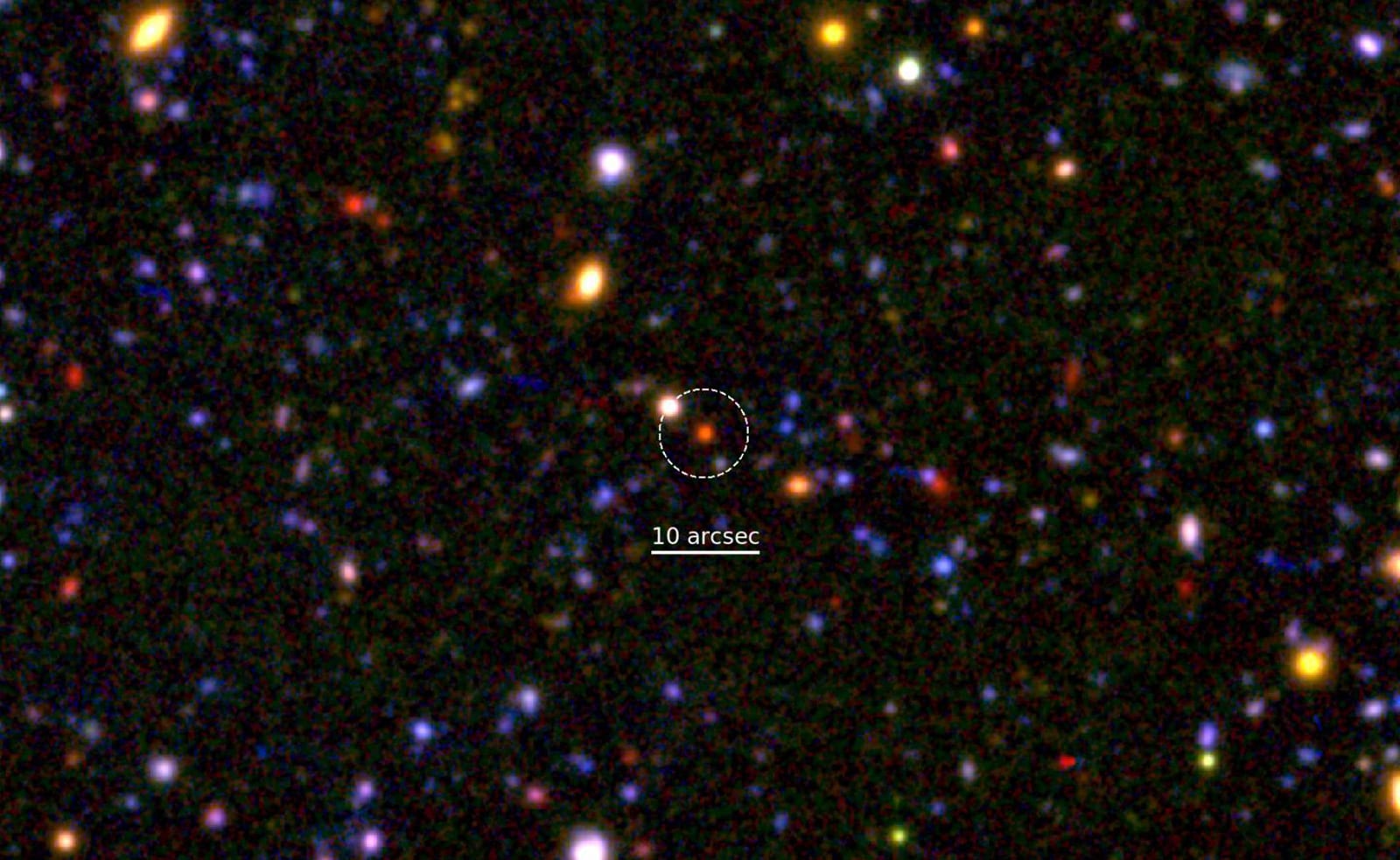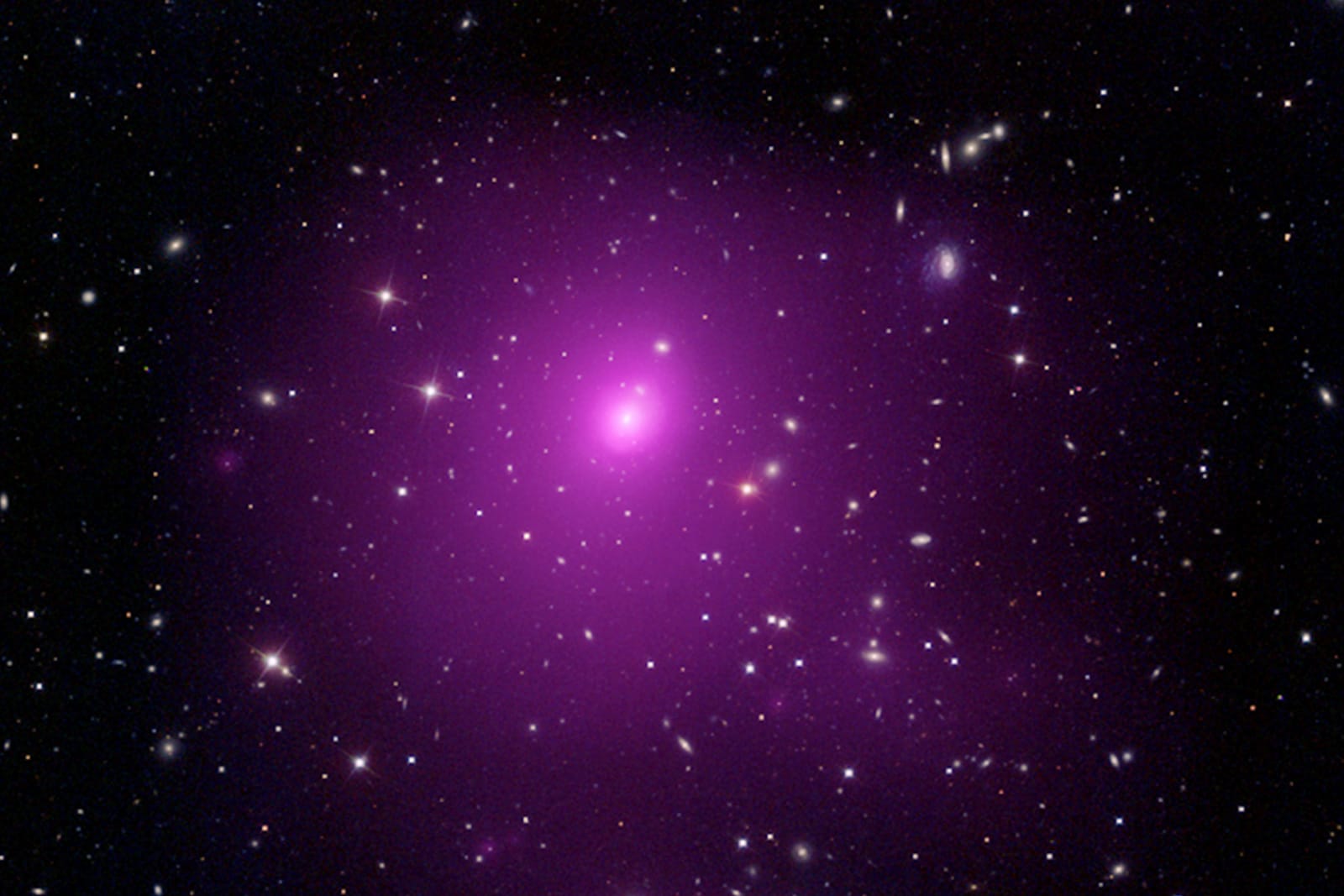Tag Archives: Very Large Telescope
Discovery shows early galaxies could have very short lives
 You'd think that galaxies from the young universe would still be thriving, but that's not necessarily the case. Researchers at the Niels Bohr Institute and the National Observatory of Japan have discovered the farthest known dying galaxy (that is, w...
You'd think that galaxies from the young universe would still be thriving, but that's not necessarily the case. Researchers at the Niels Bohr Institute and the National Observatory of Japan have discovered the farthest known dying galaxy (that is, w...
Scientists find the largest observed black hole to date
 Astronomers aren't done with major black hole discoveries this year. The Max Planck Institute's Kianusch Mehrgan and colleagues have found the largest black hole ever observed at the center of Holm 15A, a galaxy about 700 million light-years away....
Astronomers aren't done with major black hole discoveries this year. The Max Planck Institute's Kianusch Mehrgan and colleagues have found the largest black hole ever observed at the center of Holm 15A, a galaxy about 700 million light-years away....
New Galaxy Named after Cristiano Ronaldo
ESO Telescopes Escape Damage From Chile Earthquake
Infrared telescope can pick out the atmosphere on distant planets, smell what the aliens are smelling
Astronomers in Chile using the European Southern Observatory's Very Large Telescope are now able to analyze the atmosphere on faraway planet Tau Bootis b. Using CRIRES, a supercooled infrared spectrograph bolted to the 'scope, the team was able to judge the size of the exoplanet -- and for the first time, take a reading of the atmosphere while not in transit. Historically, the only time researchers have been able to conduct atmospheric analysis is during the transit of its nearby star, which imprints the qualities of the atmosphere onto the light. The team found that Tau Bootis b is around six times the size of Jupiter, but its air is so thick with Carbon Monoxide that we'll have to look elsewhere to plan that expedition to the stars.
Infrared telescope can pick out the atmosphere on distant planets, smell what the aliens are smelling originally appeared on Engadget on Thu, 28 Jun 2012 18:00:00 EDT. Please see our terms for use of feeds.
Permalink MSNBC |
MSNBC |  ESO | Email this | Comments
ESO | Email this | Comments 

